No matter how much we try to deny man's need of meat, it is a fact that it has been a fundamental food product for millennia and has over the course of history saved countless humans from dying of starvation. This was also why our ancestors once did everything possible to preserve the taste and lastingness of the meat longer, the result being the emergence of salami.
Salami is not the name given to 1 specific product. As time progressed, there came to be many and different types of salami in the various countries which were all made according to the same principle. As a rule, salami is made from salted fermented or dried meat of different animals, often with the addition of myriad spices in varied ratios depending on the specific salami recipe. Salamis can be made from pork, veal, beef, horse, lamb, bird meat and even fish or from a mixture of 2 or more types of meat.
Traditionally however, salami is the patent of Italian peasants who came up with the clever technique of salting and drying meat long ago, allowing it, in some cases, to last for up 1 year even at room temperature. Salami is an umbrella term for all types of sausages wrapped in different kinds of animal or synthetic "intestines".
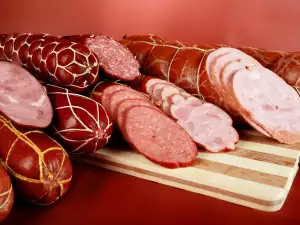
The Italian name for these food products is insaccati. The etymology of the word "salami" itself can be traced to the Latin word Salumen, the term for a combination of salted meats. In Turkey and Romania, these products carry the name salami, and the French word for them is saucisson.
Nowadays, many nations such as Italy, France, Hungary, Germany, Belgium, Denmark and Spain have their own recipes for unique delicious salami but we can't neglect to mention that Italian master chefs provide the greatest contribution, who have since time immemorial perfected and developed their recipes for Italian salami. It is thought that similar products began to be made long before the rise of the Roman empire.
Many other countries have long lasting traditions related to the production of salami, including Croatia, Czech Republic, Slovakia, Holland, Luxembourg, Greece, Romania, Macedonia, Bulgaria, Serbia, Poland, Ukraine, Russia and Turkey.
Today, there are so many kinds of salami out there that it would be difficult to talk about absolutely all of them in a single article. But in general, salami can be made from chopped or ground meat, with a shorter or longer shelf life, boiled-smoked, dried and so on, from a single type of meat or several. Quite often, the traditional salami recipe calls for the addition of lard as well, preserving the juicier taste of the product during drying and afterward.

Types of Salami
Salami are generally classified as having a long or short shelf life, much like all other sausages. A popular type includes lard salami.
The modern food industry has greatly "degenerated" some of the salami recipes. A notorious fact is that a large portion of sausage producers stress on various mixtures, a sort of hotchpotch of synthetic products, artificial flavors, stabilizers, preservatives, animal fats and even leftover animal products such as cartilage, skin and so on.
Generally speaking, the last thing that predominates in these products is the percentage of real meat. Luckily however, quality salamis can be found in a large selection of tastes and types - smoked delicatessen salami, lard and partial lard salami, lukanka salami, uncooked dried and more.
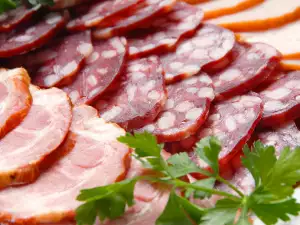
Among the most popular Italian salami are salami Milanese, Pepperoni, Genovese, Ventricina, Felino, Chorizo, Finocchiona, Neapolitan, Culatello and others.
Felino is among the best known traditional salami in Italy. Characteristic of the region of Parma, Italy, Felino is a dry salami with an irregular shape, which takes about 3 months to make. Finocchiona owes its name to an aromatic mixture of seeds (finocchio) and spices. It is made from finely ground pork and fat and the 10" salami is dried for about 3-4 months. It has an emphasized spicy taste and is served in thick slices.
The Neapolitan, in contrast, is a salami of small size, with a reddish color and a taste of spicy peppers. It is quite similar to the Italian Pepperoni as far as taste. But unlike it, Neapolitan is made only from pure pork meat and little fat. The taste of Pepperoni is a combo of pork, veal and higher amounts of fat.
Another highly celebrate Italian salami is Ventricina. This delicacy is native to the commune of Crognaleto, Teramo province, and is made from pure pork meat, with added bread, garlic, orange rinds, sweet and spicy peppers and rosemary. Crognaleto in turn is a salami delicacy, a trademark of the north part of the Parma province - Bassa Parmense, which has a humid climate and thick fog, determinant for the taste of Crognaleto.
Choosing and Storing Salami
Only buy salami that are well packaged and with clearly written information about the manufacturer and expiration date. Store them in the fridge, wrapped in suitable packaging, otherwise they will spoil faster.
Culinary Use of Salami
A majority of the salami around the world are made with cayenne pepper or chili added in, making them even more appetizing and delicious, thus helping these sausages gain wider popularity - after all, spicy food lovers are in no short supply. Natural seasonings used include salt, spices such as paprika, black and white pepper, garlic, sometimes wine, different herbs and vinegar.
On their part, ready-made salami go into countless homemade recipes. One of the easiest and most delicious is to bake potatoes in the oven with a salami and spices of your choice. Even so, salami are most often eaten as part of a sandwich, an appetizer for wine and other types of alcohol and in different pasta sauces. Remarkably appetizing salads can also be made with salami, including the Italian salad, for which we will offer you a recipe as well.
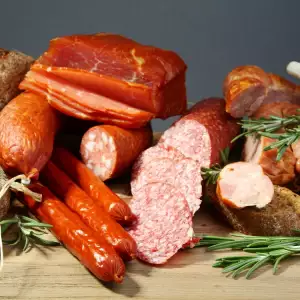
To make it, boil a pack of pasta and drain them. Transfer them to a bowl and mix them with about 15 mushrooms and 2-3 carrots that have been boiled, 14 oz of boiled and diced chicken meat, 7 oz sausage, a chopped fresh tomato. Season everything with olive oil, vinegar, salt and black pepper to taste. Garnish with boiled eggs, lemon juice, grated cheese and distribute into plates. Serve the Italian salad with a little chopped fresh basil or parsley and a spoon of mayonnaise.
Dangers of Salami
Sausages, including salami, are ever more frequently accused of being among the most unhealthy foods, bad for a lot of people who are suffering from various types of diseases. This is due to the fact that they put in so-called "hidden fats" in most sausages and salami. They are hidden using artificial colors and flavors. Manufacturers also often use genetically modified soybean. 90% of sausages and salami consist of it.
Aside from all this, it is well known that fatty and salty meat speeds up the process of cell aging and contributes to the risk of cardiovascular diseases. Salt increases blood pressure, disrupts the acid-alkaline balance in the body, contributes to toxin buildup in the body.
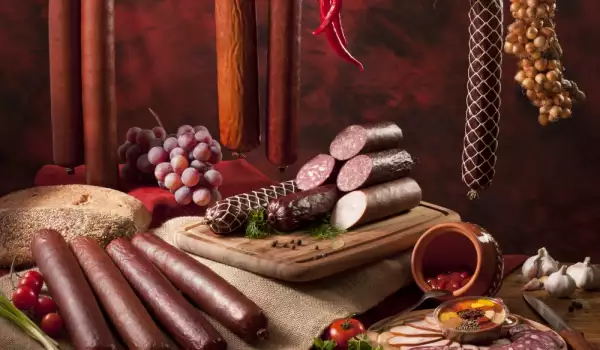
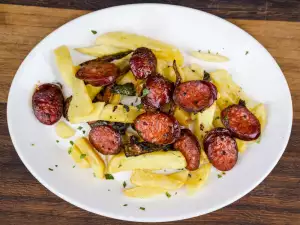

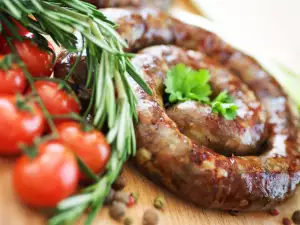
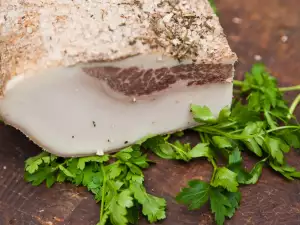
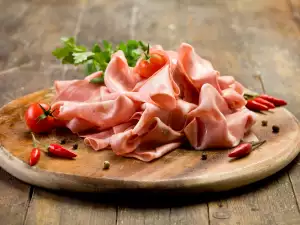

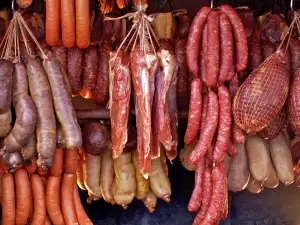
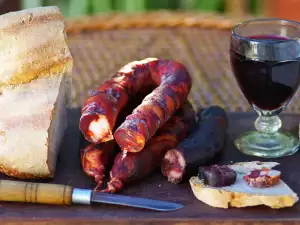
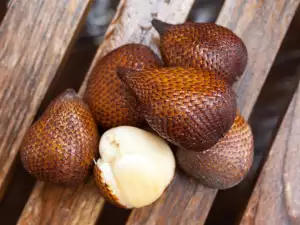
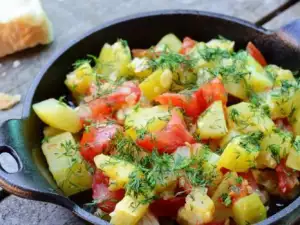

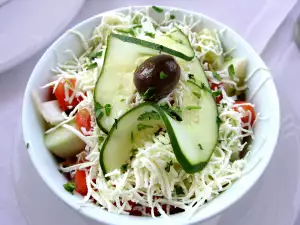

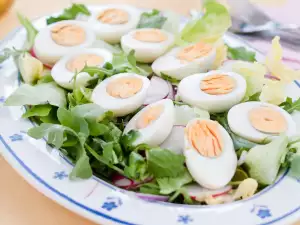





Comments